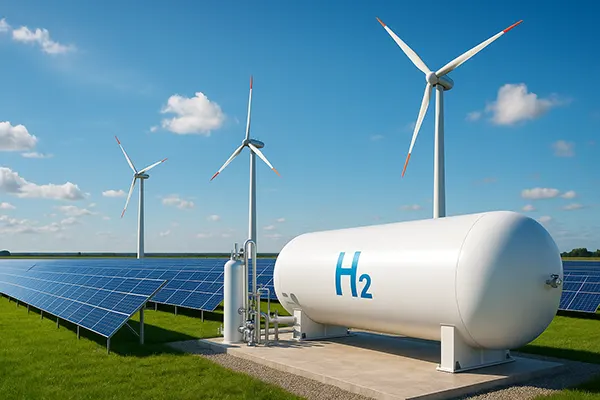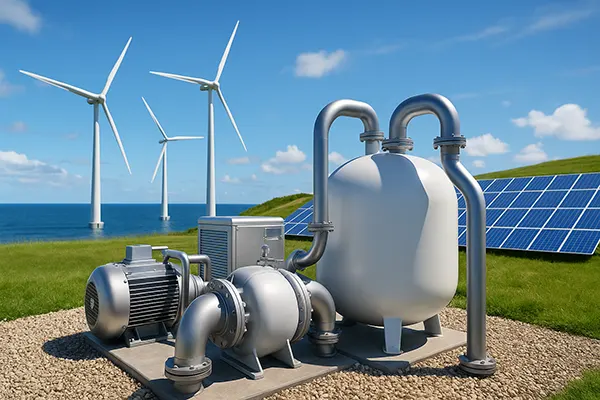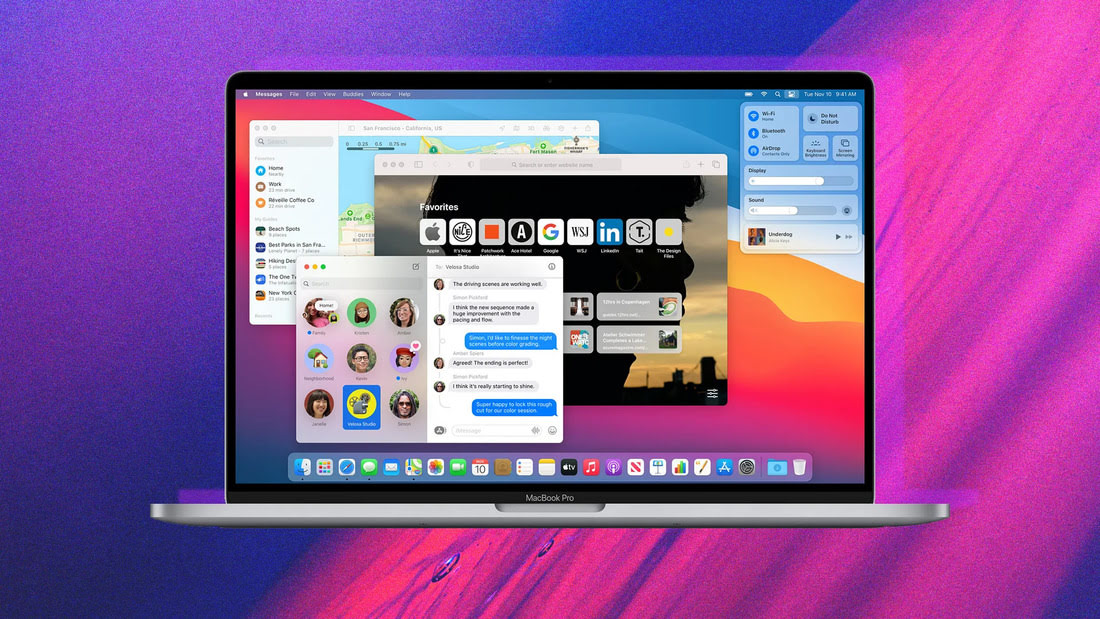In 2025, the global energy landscape continues to undergo rapid transformation as governments, industries, and research institutions intensify efforts to reduce greenhouse gas emissions and transition towards low-carbon systems. Among the most promising solutions is green hydrogen, complemented by a range of sustainable technologies designed to meet rising energy demands while safeguarding the environment. This article explores the current state of green hydrogen development and examines other innovative approaches shaping the sustainable energy future.
Green Hydrogen: The Next Step in Clean Energy
Green hydrogen is produced through electrolysis powered by renewable energy sources such as solar, wind, and hydropower. Unlike grey or blue hydrogen, which rely on fossil fuels, green hydrogen offers a carbon-free alternative that can be applied across multiple sectors. By splitting water molecules into hydrogen and oxygen, this process creates a versatile fuel with zero direct emissions, making it a crucial component of net-zero strategies worldwide.
Europe remains at the forefront of green hydrogen adoption, with countries like Germany, Denmark, and the Netherlands investing heavily in electrolysis plants and infrastructure. In 2025, large-scale projects such as the HyDeal Ambition in Spain and the AquaVentus initiative in the North Sea continue to scale up production capacity. These initiatives aim to integrate hydrogen into industrial processes, transport, and energy storage systems.
Despite rapid progress, challenges remain. High production costs, limited transport infrastructure, and efficiency losses in the conversion process hinder mass adoption. However, advancements in electrolyser technology and growing investment in hydrogen pipelines are expected to make green hydrogen increasingly competitive within this decade.
Applications and Market Growth of Green Hydrogen
Green hydrogen is proving especially valuable in sectors that are difficult to decarbonise, such as steelmaking, aviation, and shipping. Companies including ArcelorMittal and Lufthansa have launched pilot projects integrating hydrogen into their operations, setting precedents for industrial-scale adoption. In 2025, global investment in hydrogen-related infrastructure surpasses $150 billion, reflecting growing confidence in its long-term viability.
Another significant application lies in energy storage. Hydrogen can be used to balance grids by storing excess renewable power and converting it back into electricity when demand peaks. This approach is particularly useful for regions with variable wind and solar production, ensuring greater energy security and stability.
The International Energy Agency (IEA) projects that hydrogen demand could reach 200 million tonnes by 2030, with green hydrogen gradually replacing fossil-based alternatives. As production scales, economies of scale and technological innovations are expected to reduce costs, making hydrogen a cornerstone of clean energy systems.
Other Renewable Energy Innovations
Alongside hydrogen, several other technologies are advancing in 2025 to support sustainable energy transitions. Offshore wind farms continue to expand, with floating wind turbines enabling deployment in deeper waters previously inaccessible to fixed structures. The UK, Norway, and Japan are leading in this domain, with offshore capacity expected to more than double within the next five years.
Solar power remains a dominant renewable source, with perovskite solar cells emerging as a breakthrough technology offering higher efficiency and lower costs than traditional silicon-based panels. These innovations are being tested at scale, with commercial deployment anticipated by 2026, potentially reshaping the economics of solar generation.
Additionally, advanced biofuels and waste-to-energy solutions are providing sustainable alternatives for sectors such as aviation and freight transport. Companies are increasingly integrating circular economy principles, transforming organic and industrial waste into energy sources that reduce reliance on fossil fuels.
Smart Grids and Digital Integration
The rise of digital technology is transforming how energy systems are managed and distributed. Smart grids, enabled by artificial intelligence and blockchain, allow for more efficient demand response, grid balancing, and decentralised energy trading. By 2025, several European cities, including Amsterdam and Copenhagen, have implemented pilot projects enabling households to sell surplus renewable electricity directly to neighbours.
These developments empower consumers to become active participants in energy markets, reducing reliance on centralised utilities and promoting greater resilience. Cybersecurity and regulatory frameworks remain critical concerns, but ongoing cooperation between governments and industry stakeholders is helping to address these challenges.
In parallel, the electrification of transport is accelerating demand for charging infrastructure. Integrating electric vehicles into smart grids enables vehicle-to-grid technology, where EV batteries serve as decentralised storage units, further stabilising renewable energy supply.

The Road Ahead: Building a Sustainable Energy Ecosystem
The shift towards sustainable energy is not driven by a single technology but by a combination of solutions working in synergy. Green hydrogen, renewables, smart grids, and energy storage systems must be interconnected to ensure efficiency, affordability, and scalability. International cooperation, particularly through initiatives like the European Green Deal and the UN’s Sustainable Development Goals, remains critical to accelerate progress.
Policy frameworks are also essential. In 2025, governments across the EU, North America, and Asia are implementing stricter emissions targets and offering subsidies for clean energy projects. These measures are helping to bridge the gap between innovation and large-scale adoption, ensuring that clean energy remains competitive against fossil fuels.
Ultimately, the transition to a sustainable energy future will depend on collective action from governments, businesses, and individuals. By fostering innovation, investing in infrastructure, and embracing behavioural change, societies worldwide can move closer to a net-zero future powered by clean, renewable, and reliable energy systems.
Challenges and Opportunities in 2025
While progress is undeniable, several challenges must be addressed. Supply chain constraints, geopolitical instability, and competition for critical minerals such as lithium, cobalt, and rare earth elements pose risks to the pace of the transition. Ensuring ethical sourcing and recycling strategies is becoming a priority for governments and industries alike.
On the other hand, opportunities abound. Green hydrogen hubs, international energy trade corridors, and collaborative research programmes are opening new economic prospects. Regions rich in renewable resources, such as North Africa and Australia, are positioning themselves as exporters of green energy, fuelling global markets while fostering local development.
Public awareness and demand for clean solutions are also rising. As consumers increasingly prioritise sustainability, companies face growing pressure to align operations with climate goals. This societal shift further accelerates adoption, creating a feedback loop that strengthens momentum towards a sustainable energy future.



